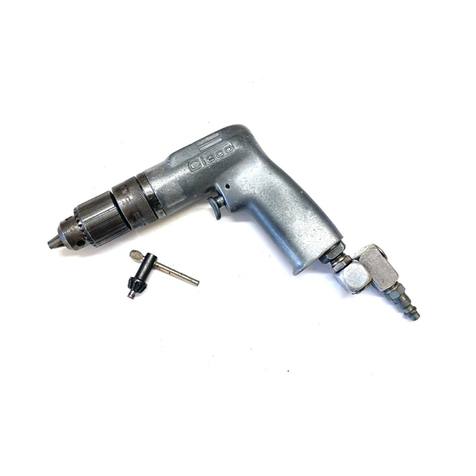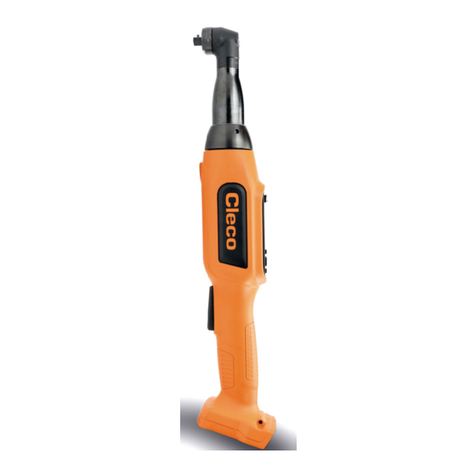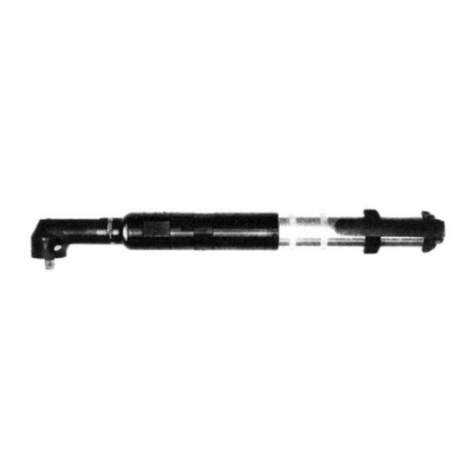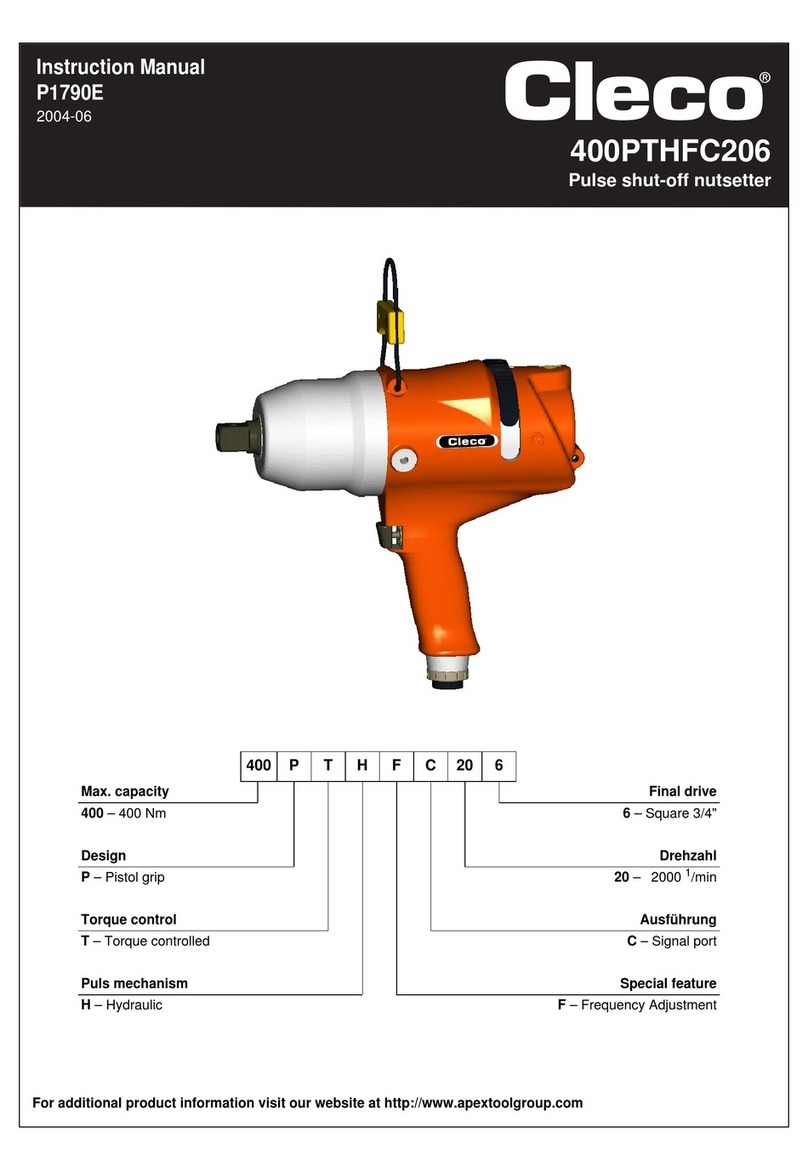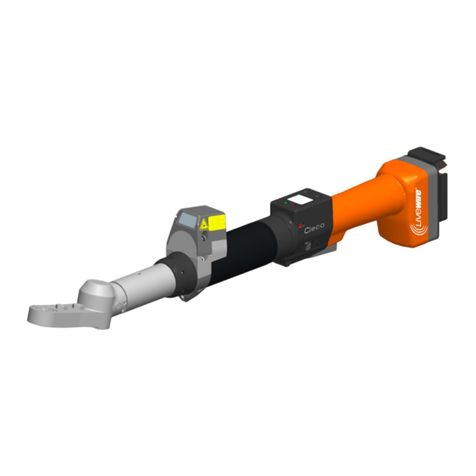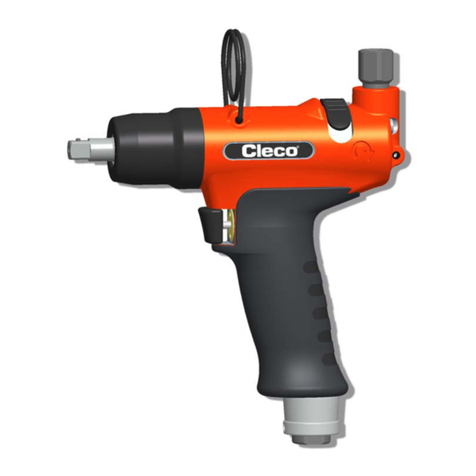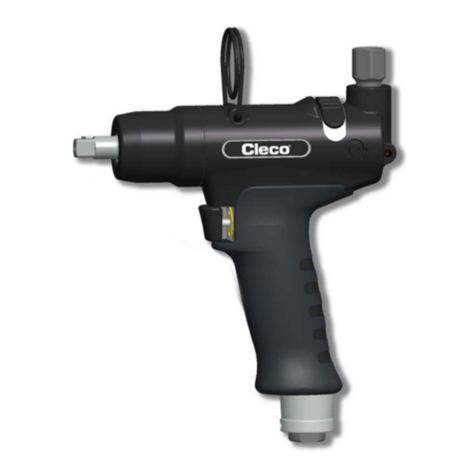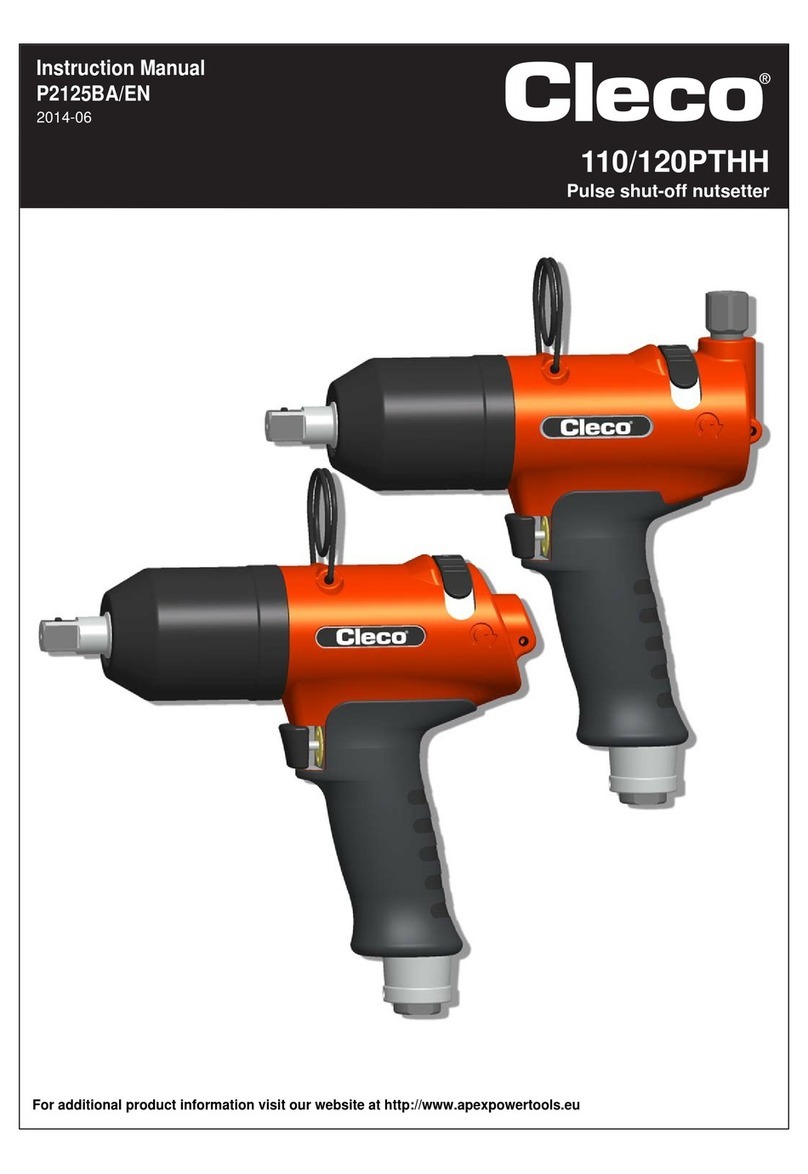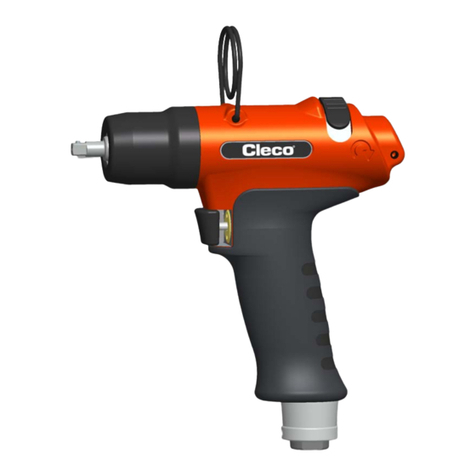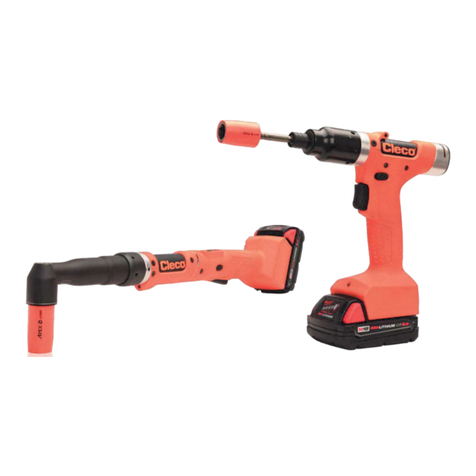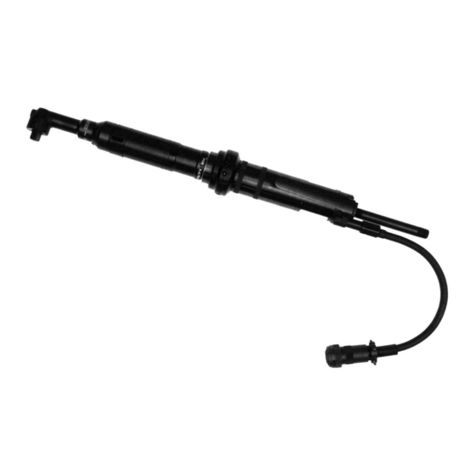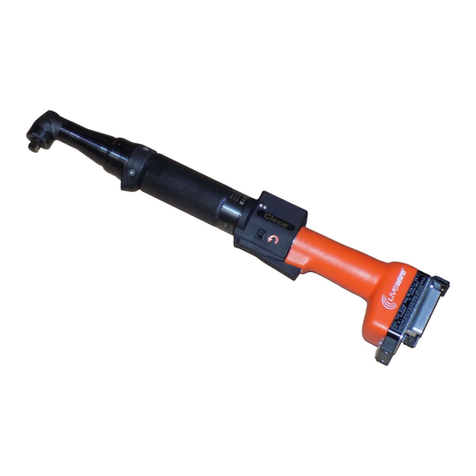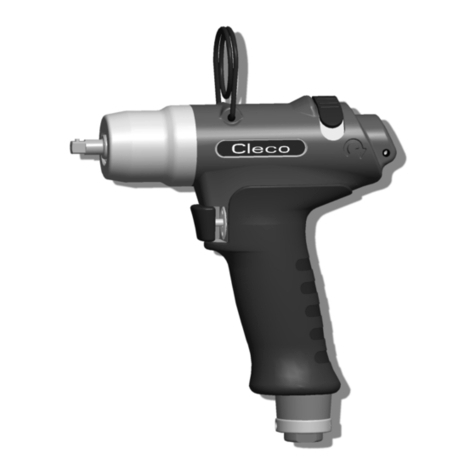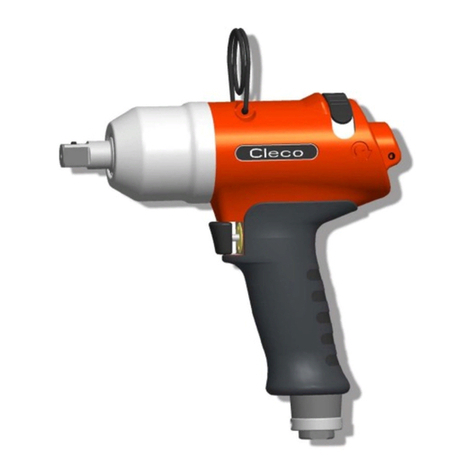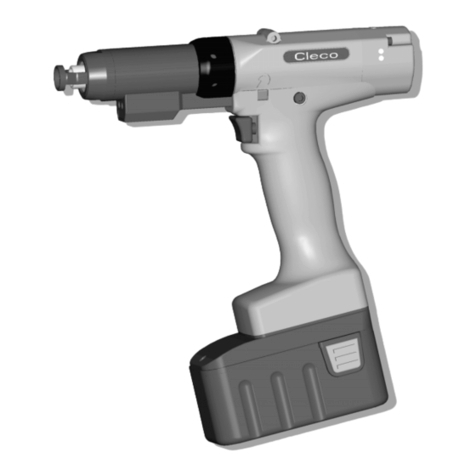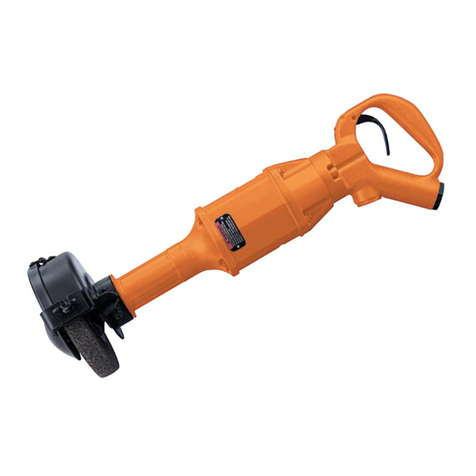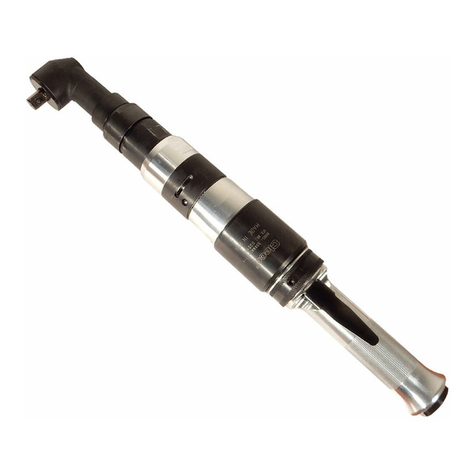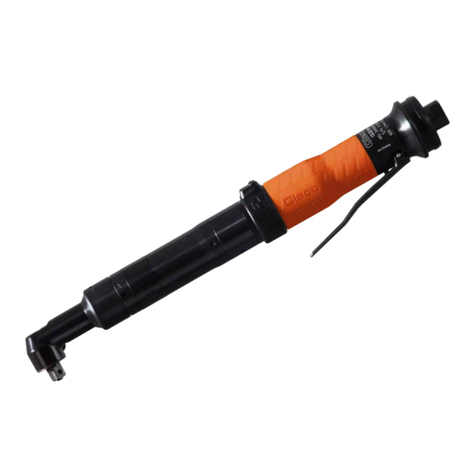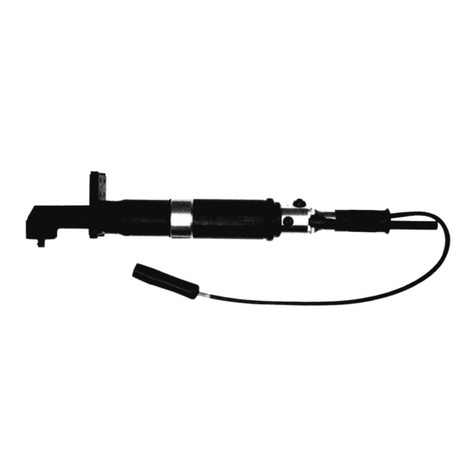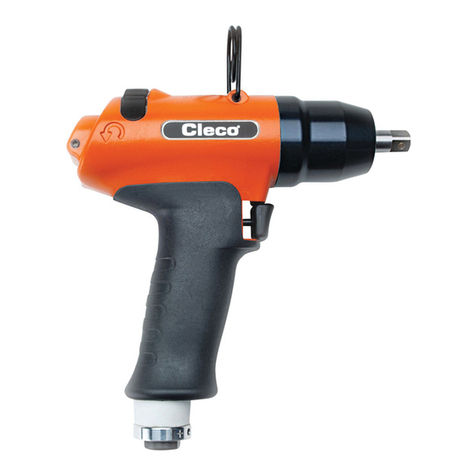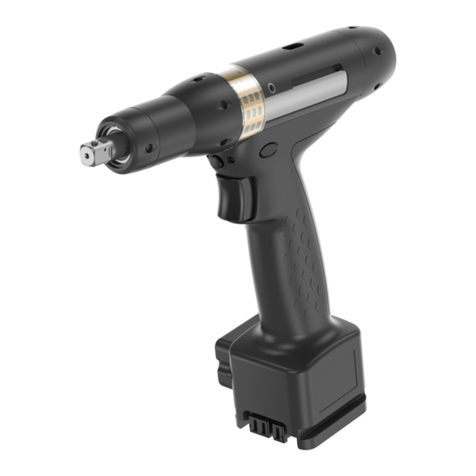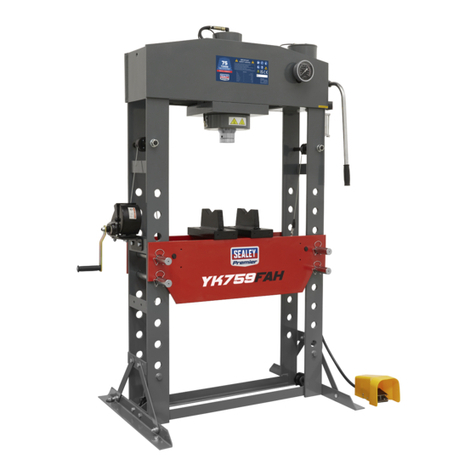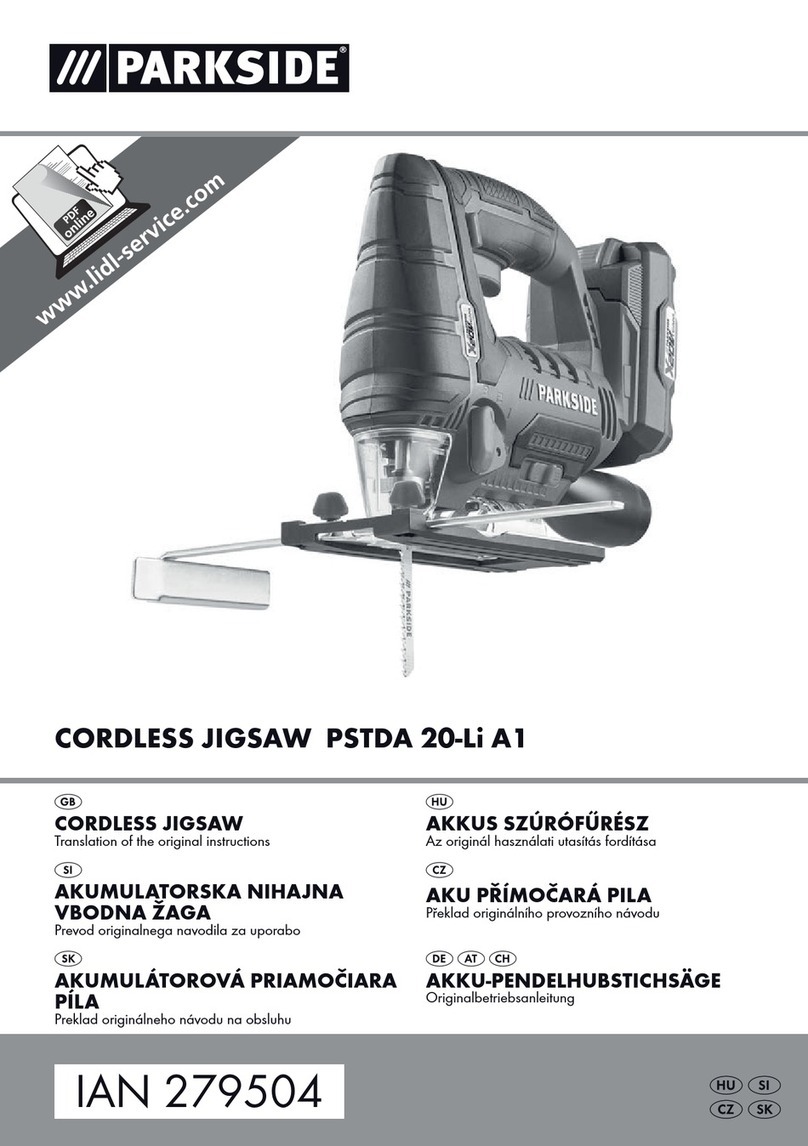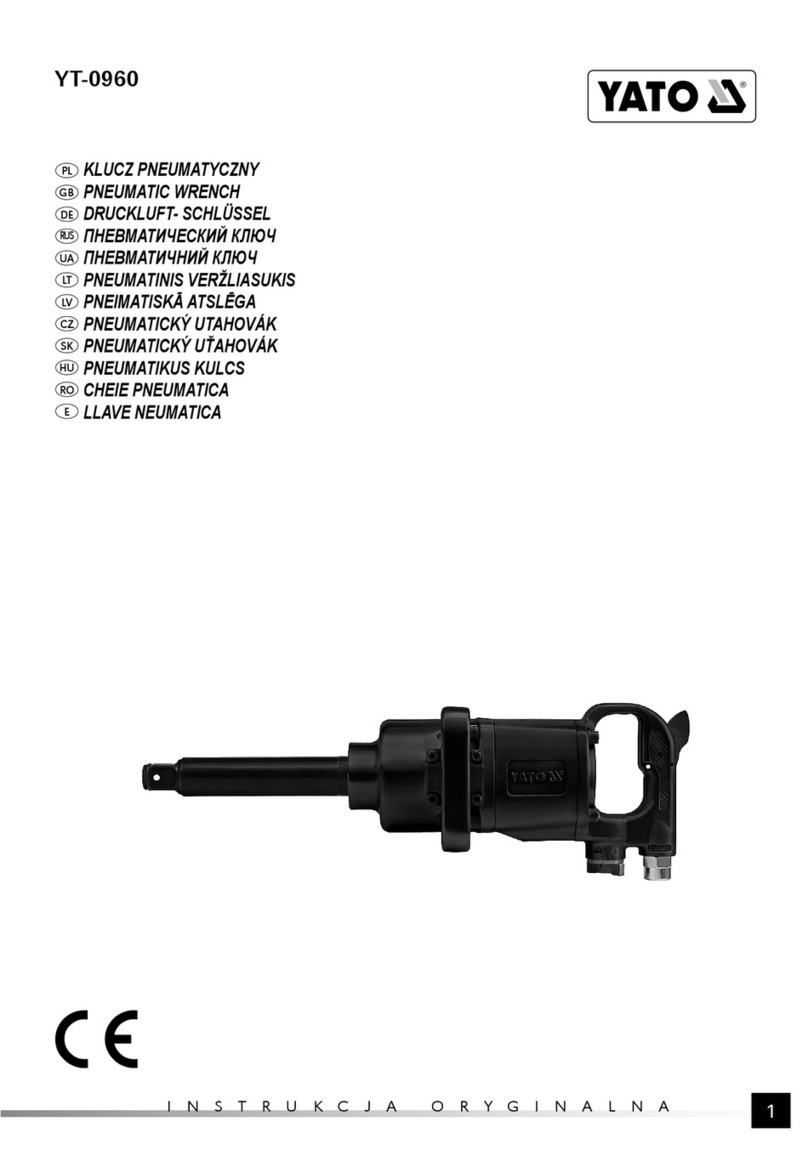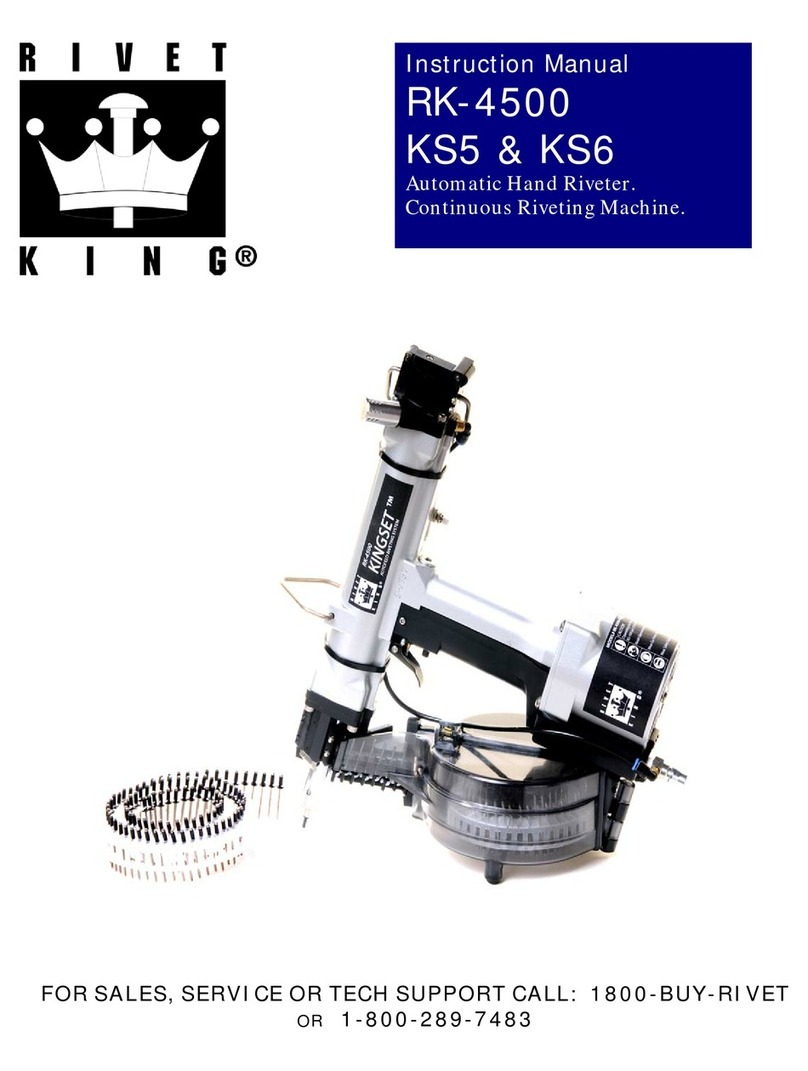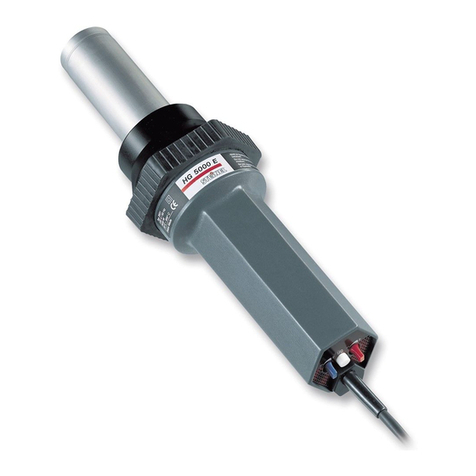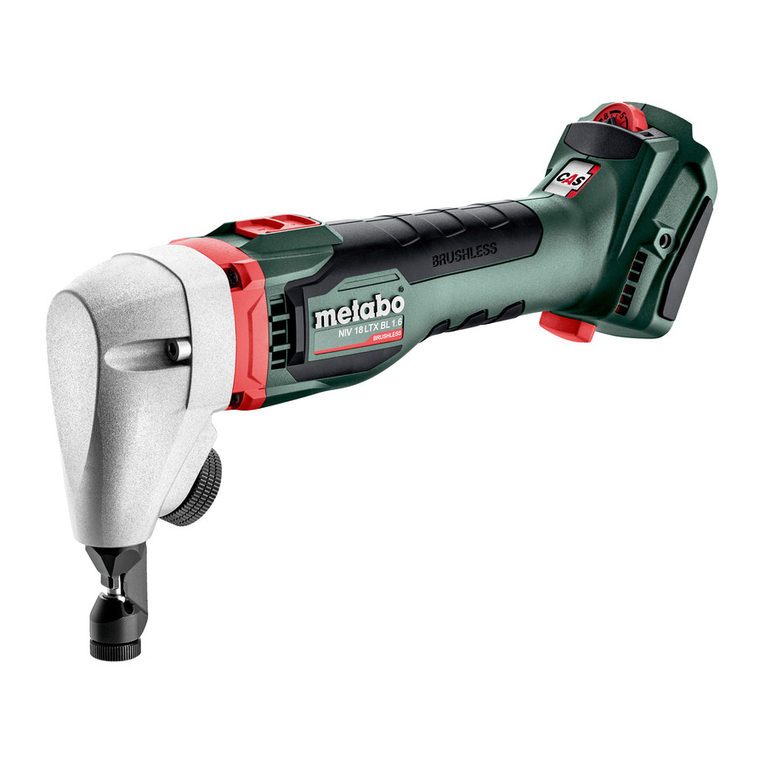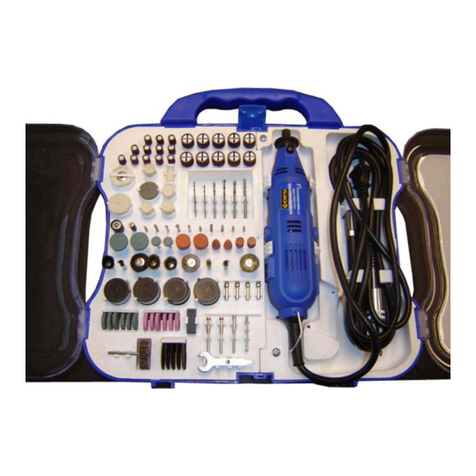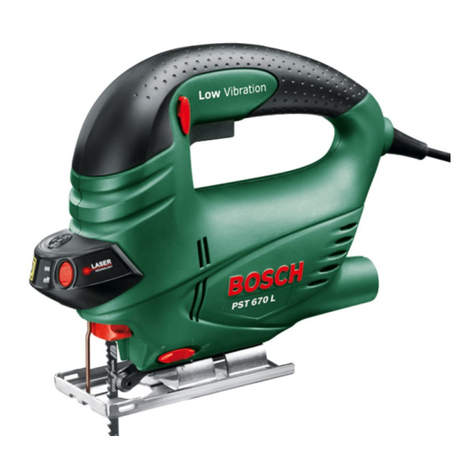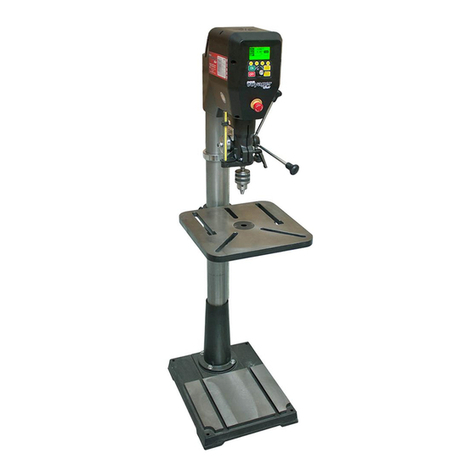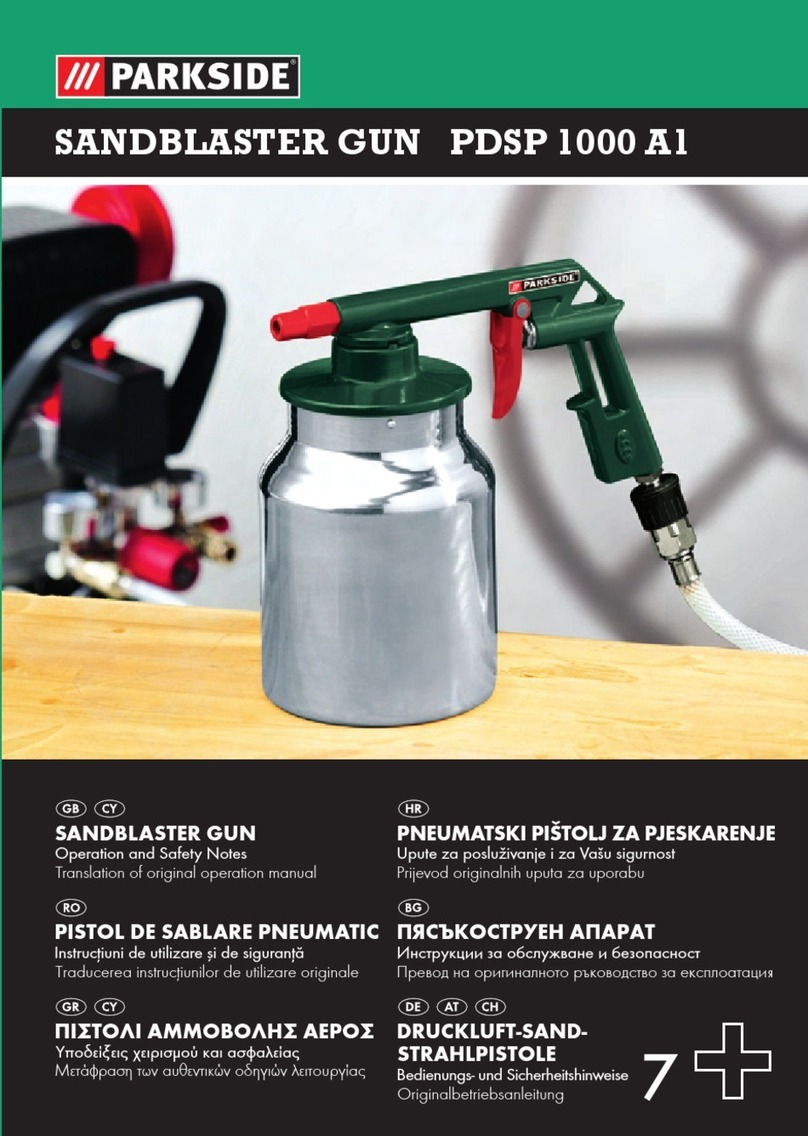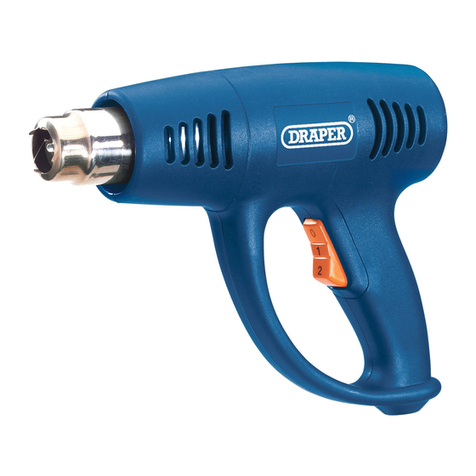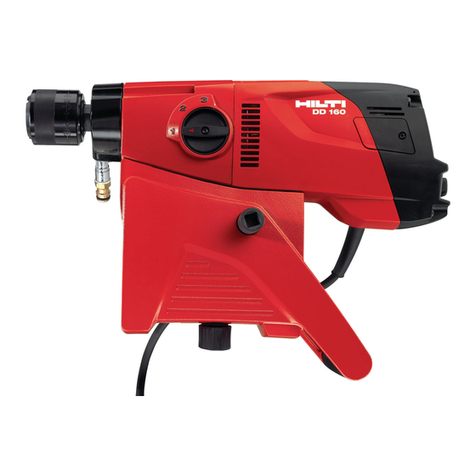
2
Foryoursafetyandthesafetyofothers,readandunderstandthesafety
recommendations and operating instructions before operating a
nutrunner.
Alwayswearprotectiveequipment:
Foradditionalinformationoneyeprotectionandfaceprotection,refer
to Federal OSHA Regulations, 29 Code of Federal Regulations,
Section1910.133.,EyeandFaceProtection,andAmericanNational
StandardsInstitute,ANSIZ87.1,OccupationalandEducationalEye
and Face Protection. Z87.1 is available from the American National
StandardsInstitute,Inc.,11West42ndStreet,NewYork,NY10036.
Hearing protection is recommended in high noise areas 85 dBA or
greater. The operation of other tools and equipment in the area,
reflective surfaces, process noises and resonant structures can
substantially contribute to, and increase the noise level in the area.
Excessiveairpressureabove90PSIGorwornmotorcomponentscan
alsoincreasesoundlevelemittedbytool.Properhearingconservation
measures,includingannualaudiogramsandtrainingintheuseandfit
ofhearingprotectiondevicesmaybenecessary.Foradditionalinfor-
mation on hearing protection, refer to Federal Regulations, Section
1910.95,OccupationalNoiseExposure,andAmericanNationalStan-
dardsInstitute,ANSIS12.6,HearingProtectors.
Cleconutrunners are designed tooperate on 90 psig(6.2 bar) maxi-
mum air pressure. If the tool is properly sized and applied, higher air
pressureisunnecessary.Excessiveairpressureincreasestheloads
andstressesonthetoolparts,sockets,andfastenersandmayresult
inbreakage.Installationofafilter-regulator-lubricatorintheairsupply
lineaheadofthetool is recommended.
Before the tool is connected to the air supply, check the throttle for
proper operation (i. e., throttle moves freely and returns to closed
position).Beingcarefulnottoendangeradjacentpersonnel,clearthe
airhoseof accumulated dust andmoisture.Beforeconnectingatool
totheairhose,removingatoolfromserviceorchangingsockets,make
suretheairlineisshutoff anddrainedofair.Thiswillpreventthetool
fromoperatingifthethrottleisaccidentlyengaged.
Whenusing right angle nutrunners, be sure the throttleis positioned
relativetotheangleheadsothat thethrottlewillnotbecomewedged
againstanadjacentobjectinthe"ON"positionduetotorquereaction.
The angle head may be repositioned with respect to the lever to
accommodateproperlocationfortask.Refertooperatinginstructions
foradditionalinformation.
Safety Recommendations
It is essential for safe operation that any operator of a nutrunner use
good balance, sure footing, and proper posture in anticipation of a
torquereaction.
The torque setting entered into the torque control monitor must not
exceedmaximumtorquerangeoftool,ortoolwillstallandnotshut-off.
Operatormustthenresist stall torque until throttleisreleased.
Toolbalancearmsareavailabletoabsorbthetorquereactionofthetool
whilebalancingtheweightofthetoolforimprovedergonomicapplica-
tions.
Some individuals may be susceptible to disorders of the hands and
arms when performing tasks consisting of highly repetitive motions
and/orexposuretoextendedvibration.Cumulativetraumadisorders
such as carpal tunnel syndrome and tendonitis may be caused or
aggravated by repetitious, forceful exertions of the hands and arms.
VibrationmaycontributetoaconditioncalledRaynaud'sSyndrome.
Thesedisordersdevelopgraduallyoverperiodsofweeks,months,and
years.Itispresentlyunknowntowhatextentexposuretovibrationsor
repetitivemotionsmaycontributetothedisorders.Hereditaryfactors,
vasculatoryorcirculatoryproblems,exposuretocoldanddampness,
diet, smoking and work practices are thought to contribute to the
conditions.
Anytooloperatorshouldbeawareofthefollowingwarningsignsand
symptoms so that a problem can be addressed before it becomes a
debilitatinginjury.Anyusersufferingprolongedsymptomsoftingling,
numbness,blanchingoffingers,clumsinessorweakenedgrip,noctur-
nal pain in the hand, or any other disorder of the shoulders, arms,
wrists, or fingers is advised to consult a physician. If it is determined
that the symptoms are job related or aggravated by movements and
postures dictated by the job design, it may be necessary for the
employer to take steps to prevent further occurrences. These steps
might include, but are not limited to, repositioning the workpiece or
redesigningtheworkstation,reassigningworkerstootherjobs,rotating
jobs,changingworkpace,and/orchangingthetypeoftoolusedsoas
tominimizestressontheoperator.Sometasksmayrequiremorethan
onetypeoftooltoobtaintheoptimumoperator/tool/taskrelationship.
Thefollowingsuggestionswillhelpreduceormoderatetheeffectsof
repetitiveworkmotionsand/orextendedvibrationexposure:
WARNING!
Impact resistant eye protection
must be worn while operating
or working near this tool.
CAUTION!
Personal hearing protection is
recommended when operating
or working near this tool.
CAUTION!
Spindle Rotation Torque Reaction
Repetitive work motions and/or vibration
may cause injury to hands and arms.
Use minimum hand grip force consistent
with proper control and safe operation.
Keep body and hands warm and dry.
Avoid anything that inhibits blood circulation.
Avoid continuous vibration exposure.
Keep wrists straight.
WARNING
!
Avoid repeated bending of wrists and hands.




















